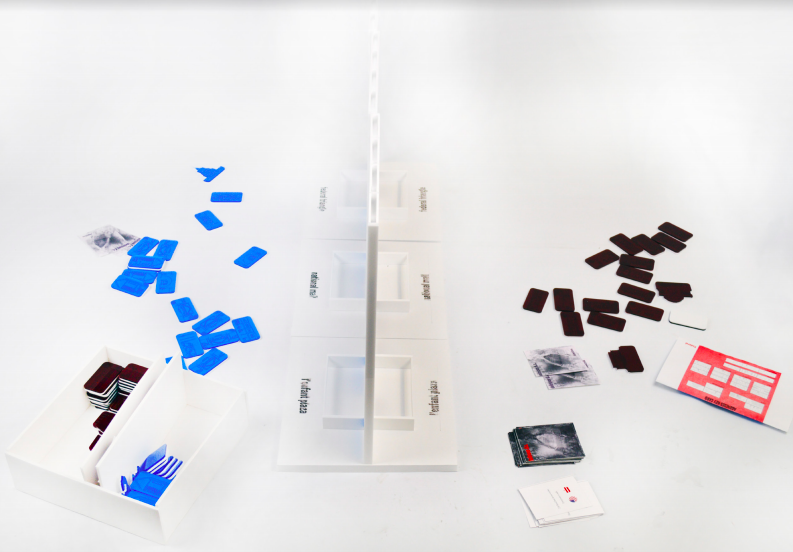Matters of Concern: What's in an Ecotopian Toolkit? Part 1
April 30, 2017
In this series, four of the presenters for Ecotopian Toolkit for the Anthropocene reflect on a number of concerns that emerged from the conversations throughout the conference's three days. Representing different fields and academic disciplines, the four women offer various perspectives while pondering the following questions: what might an Ecotopian Toolkit look like? How do “we” build one? What tools might “we” want to include?

What's in an Ecotopian Toolkit
By Janette Kim
We were asked to consider what a toolkit might mean in the context of a book, so I did a quick Google Image search to remind myself how toolkits are set up. They're often red. They’re boxy, and have hinges. Many have foam inserts with little cut-out areas for each tool, in the shape of each object. Toolkits are often equipped with a glove to protect the user from the tools themselves, which might reference many of the points raised throughout this conference—that somewhere between the task at hand and an agent of some kind, then, lie question of the multiple “we’s” that leverage tools, the fashioning of costume as a rhetorical device, and the central role of maintenance in an ecotopian world. Toolkits also have handles. In other words, they’re mobile and un-sited, in a way that resonates with the territories described in the conference over the past couple of days: from gerrymandering and the role of the commons to the idea of adaptive governance.
Interestingly, toolkits have no instructions. (It would be absurd to imagine an instruction manual for a hammer, for example). This might suggest that they operate in undetermined ways, across narratives and ecotopian imaginaries. This might also suggest that tools tap into systems much larger than themselves; systems we have seen this weekend, such as currency, archives, and citizen science networks. In this sense, the toolkit is refreshingly very different from, say, a guidebook or a cookbook, as it lacks prescription or a didactic tone.
Perhaps one potential trap of the toolkit is its instrumentalist or solution-seeking overtone. In contrast, I’m especially interested in a theme that came up several times this week—the theme of erasure—that emerged through the idea of a living ruin, or the selective elimination of devices like the refrigerator as a thought experiment. At the same time, too, I find the reference of the toolkit a refreshingly tangible yet expansive; optimistic yet deadpan point of reference, and one I’ve enjoyed examining with you all at this extraordinary conference. (Read on to Part 2)
Janette Kim is our first contributor, whose paper “Win-win: Board Games for a Collective Future” shared interactive board games collectively created to consider questions of housing, urban planning, and social space during times of manmade climate change.
Janette is an architectural designer, researcher, and educator based in the San Francisco Bay Area. Janette is assistant professor of architecture and co-director of the Urban Works Agency at California College of the Arts,founding principal of the design practice All of the Above, and founding editor of ARPA Journal, a digital publication on applied research practices in architecture.
